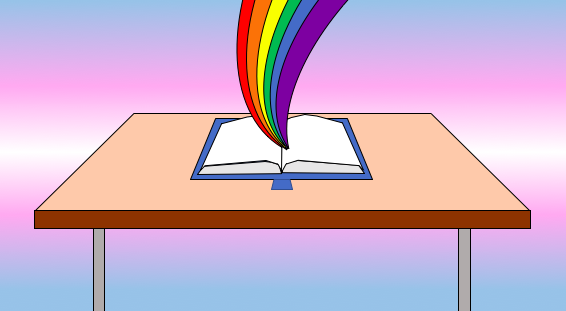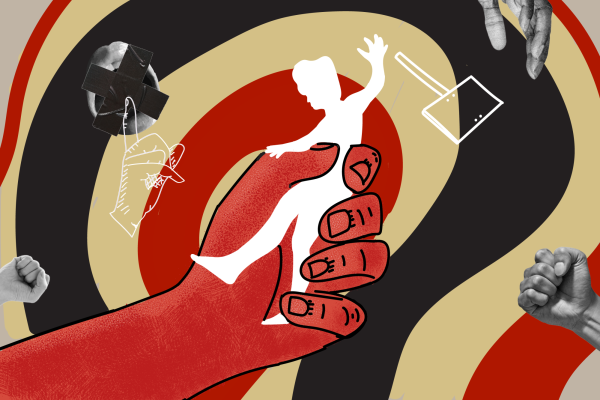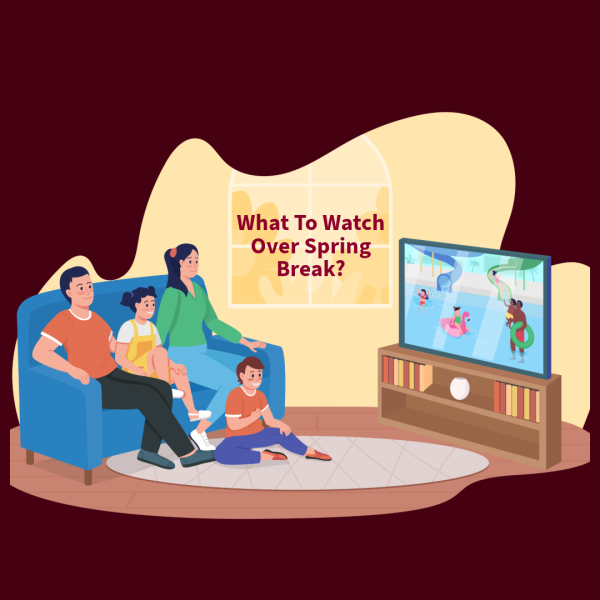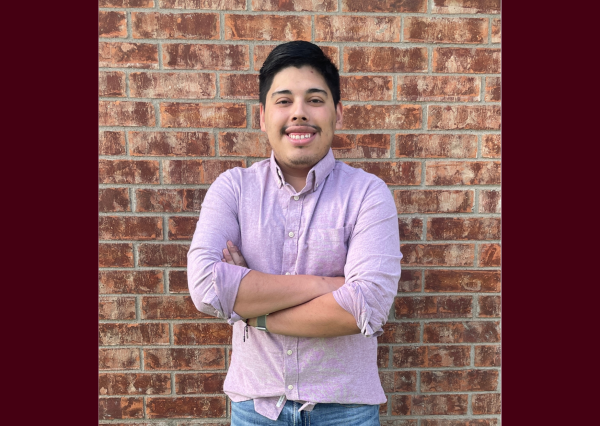Diversity and LGBT+ Acceptance in Academics

Diversity in Academics
When I came to WT in 2016, I was able to finally come out and be active in the LGBT+ community. I remember at NSO seeing the Spectrum/Buff Allies table and immediately getting excited that I had found my community in Canyon. I clung to that community for dear life. Community, along with the freedom and independence to express oneself is incredibly valuable to young people, but even more so to those in the LGBT+ community.
I’ve spent the majority of my time here split between the School of Music and the English, Philosophy, and Modern Languages department, so I was surrounded by mostly accepting professors. While there are obviously isolated departments and professors who aren’t quite as quick to accept, I’ve found that the majority of people at WT really just want to know more about us. The LGBT+ vocabulary has gotten so specific and expansive over the past decade that without direct contact to the community, it’s hard to stay up to date. I encourage those people to look for the LGBTQIA Language tab on the Buff Allies website, get Safe Zone trained, or keep an eye out for Spectrum or Buff Allies sponsored Lunch and Learns. We always try to help educate our allies.
Educators have a responsibility to create an environment that is cohesive with learning for their students. Writing a name on your homework that you no longer identify with is a huge blow to the student’s pride. Going to a family restroom to avoid unwarranted questions about gender is frustrating. Having to purposely leave out your same-sex partner or involvement in the Gay Straight Alliance from conversation with professors for fear of backlash is unfair. Having emails signed as a name that is no longer used or is associated with the wrong gender is tiring. All of those are distractions from the cohesive learning environment, but I’ll admit, it doesn’t make it impossible. What makes it near impossible, and keeps LGBT+ students awake at night are the offensive off-comments made by a professor that isn’t accepting, yet has complete control over their grades. It’s the transgender person who was forced to live in the wrong dorm without regard for their safety. It’s the looks of disapproval when walking across campus with my same-sex partner, careful not to let any of my professors see. It’s the teacher that kicks someone out of their office, refusing to accept their identity. Teachers have a position of authority over students and that’s a terrifying fact when you’re someone that might have a target on your back.
So, what can educators do to create an environment where LGBT+ students actively want to learn? Beyond basic respect of identity, names, and pronouns, I feel like the first step is educating yourself. Use the resources already listed to get a better grasp on what your students are experiencing. Understand that your personal beliefs don’t change what your students are feeling and experiencing, or the effects those experiences have on them. Make it easier for students to use their preferred name. If rosters included preferred names, it would prevent a transgender person from being misnamed, but it also helps a teacher keep track of other students who use nicknames or go by middle names. It makes it easier for everyone involved. Another important thing to keep in mind is not to ‘out’ your students. Unless your student or whoever you’re talking to has expressly told you that they are out of the closet, it’s best to err on the side of caution, and assume people don’t know. Know your resources. If a student comes to you with concerns, do you know where to send them? Student Counseling Services, Spectrum WT, Common Place, and Buff Allies are all great places to start. Also, the basic recognition that not every student in your classroom is straight or identifies with the gender they were born as goes a long way.
While you cannot solve discrimination overnight, or fix all of the problems your students experience outside the classroom, you can make sure that your classroom is a healthy learning environment for ALL students.







